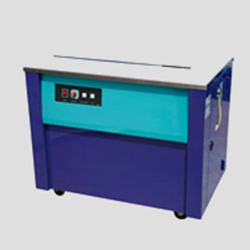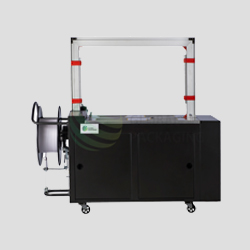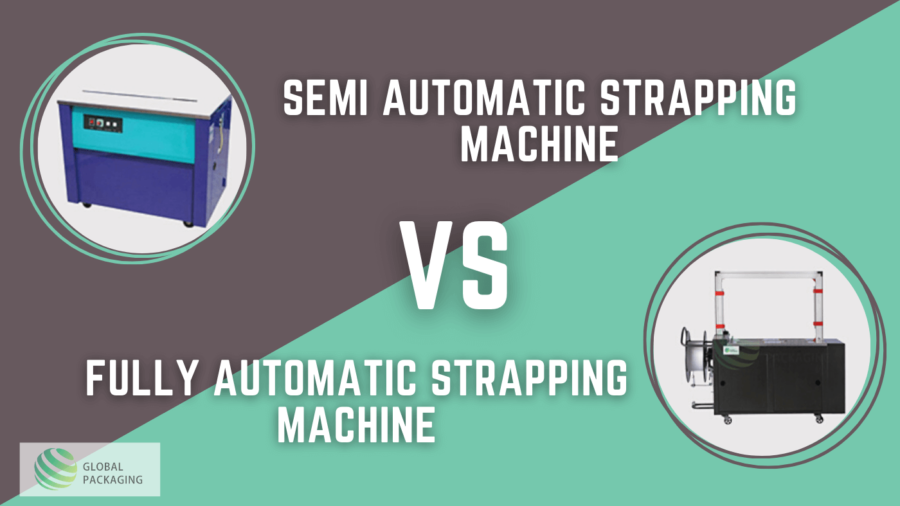As packaging equipment, a strapping machine, which is a mechanical device, makes use of
bands of plastic or flat steel to catalyze the process of wrapping pallets or products that use
cardboard or a different material. The whole purpose of strapping machines revolves around
holding together boxes, bundles, and packages so as to maintain product safety and minimize
the damage to the contents.
With automation riding the industrial revolution, the packaging industry has seen a great deal
of automated additions that have altered the course of how boxes and bundles are packaged.
The automatic strapping machine is one such innovation that has been a game-changer in the
packaging industry, to meet large volumes of product strapping. However, it is not just the
fully automatic strapping machine that boasts of having an advantage over its handheld
version. The semi-automatic strapping machine has its own significance and properties to
retain its demand.

Both the semi-automatic and the fully automatic strapping machines have their own unique
properties, in a bid to make packaging as hassle-free an experience as possible. The following
are the major differences between a semi-automatic strapping machine and a fully-automatic
strapping machine.
One of the major differentiators between the two types of strapping machines is if a semi-
An automatic strapping machine requires a fair share of human input to carry out the process of
packaging, the fully automatic strapping machine needs minimal human input. This has a
direct impact on labor productivity and cost, since the time and efforts are focused on more
important tasks.

A fully automatic strapping machine is usually employed in places where large quantities of
strapping needs to be done, in which case the machine is worth the monetary investment. In
cases where the quantity of strapping is less or moderate, the use of a semi-automatic
strapping machine is better suited given its cost-effectiveness and less maintenance. This, in
addition to the fact that a semi-automatic strapping machine is a more convenient option for
businesses requiring different sizes of boxes to be packed. While a semi-automatic strapping
the machine is better for small to medium applications where the size and shape of the item that
needs strapping changes, since it does not require any additional time to make adjustments to
the strapping machine, a fully automatic strapping machine is preferred for large volumes of
similarly-sized items.
A fully automatic strapping machine can either be used as a stand-alone machine or get
integrated into a completely automated production line, whereas a semi-automatic strapping
machine requires an operator to place the product on the machine table, loop the given length
of the strap around it, before pushing the end of the strap into its slot to get a cycle started. The
volume of storage acts as a deciding factor when it comes to choosing the type of strapping
machine. A semi-automatic application is a good idea for small volume storage, while a fully
automated application is better for larger volumes of storage.
Despite the different sets of requirements semi-automatic and fully automatic strapping
machines cater to, both the strapping machines use an advanced form of packaging with the aim of eliminating human error. While the former involves a significant need for human
intervention, which leads to the possibility of errors, the latter is free of any lapses, thus
resulting in more standardized packaging.
